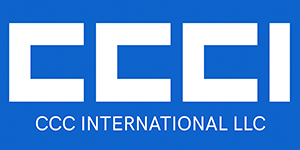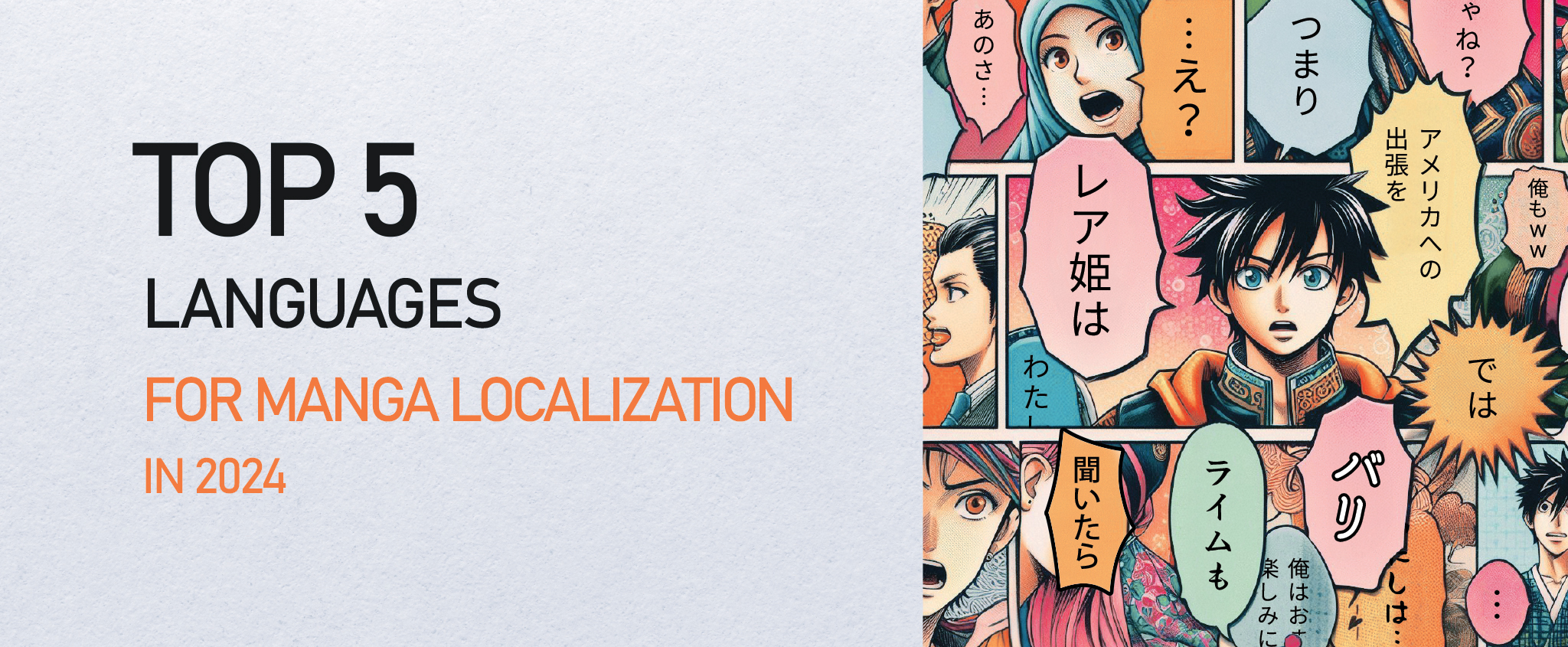A Step-by-Step Guide for Accurate Document Translation
The global language services market value in 2022 was USD 60.68 billion. If you think that’s a significant number, which it is, you can expect it to become USD 96.21 billion by the end of 2023. Services like interpretation, localization, subtitling, dubbing, proofreading, and translation have become indispensable in many businesses and industries. Accurate document translation is often key to success in global markets, and the professionals at CCC International are here to help.
Are you wondering how to translate documents accurately? Let’s look at some of the tips and tricks you need to know for document translation!
Key Takeaways:
- A certified document translation is translating official documents from one language to another, with an attached written statement of accuracy from an accredited translator.
- Accurate document translation is crucial because legal inaccuracies can have serious consequences. Moreover, you may go through a potential loss of rights and benefits, misinterpreting intentions, and making a poor first impression.
- The answer to “How to translate documents accurately?” involves five crucial steps: evaluation, translation, editing, formatting, and proofreading.
- It’s best to invest in a professional document translation service to guarantee translation accuracy. Professional translators have the expertise, skills, and qualifications to deliver quality translations.
Table of Content:

What Is a Certified Document Translation?
Translating a document can be required in many contexts, such as obtaining a driver’s license, claiming public benefits, applying for a visa and education, and processing adoption and divorce. In these situations comes the term “certified document translation,” which is the process of translating official documents from one language to another, with an attached written statement of accuracy from an accredited translator. The certification statement must include the following:
- Statement of the translator’s qualifications
- Statement affirming the document’s accuracy and completeness
- Translated document and language identification
- Translator’s name, signature, and date
Certified translations are necessary for any legal document that an official institution, including foreign governments, will use. Needless to say, accuracy is paramount.
Why Is Accurate Document Translation Important?
“If I simply need to make the document understandable to someone who doesn’t speak my language, maybe I can just translate it myself,” you might think. It’s a common misconception that accurate document translation isn’t that critical. After all, if the other person understands what you’ve written in their language, job accomplished, right? Unfortunately, this isn’t the case. Here are a few reasons accurate translation is absolutely essential:
- Legal Inaccuracies: You may face legal trouble if your document contains inaccuracies. It could even be considered fraud in some cases.
- Potential Loss of Rights and Benefits: If your translated document contains errors that can’t be rectified, you could risk losing certain rights or benefits.
- Misinterpretation of Intentions: Inaccuracies in your translation can lead to misunderstanding your intentions, which can be disastrous for business or legal negotiations.
- Poor First Impression: An inaccurate document translation reflects poorly on your business, as it can come off as unprofessional.
Accurate translations of your documents guarantee that you convey your message precisely, leading to mutual understanding. This way, you can avoid legal issues, have peace of mind, and ensure that you make a great first impression!
Note: Requirements for certified translations may differ from country to country. However, generally, all document translations must be accurate and reliable.
Five Steps For Accurate Document Translation
Now that we’ve explained why the accurate translation of your document is important, let’s learn how to ensure accuracy and quality. A document English translation or any other language translation follows many steps. It’s a process that needs skills and experience, not simply converting one word to another. Here are five steps that guarantee accurate translation:
Step 1: Evaluate the Document
First, the translator should evaluate the document before beginning to translate. This step helps you understand if there are any special requests or custom rules that you must follow in the document. Moreover, every document has its own style, voice, and audience. For example, the language used in a legal document differs from that used in an academic paper. It’s best to have a detailed understanding of the document you’re working on.
Step 2: Start the Initial Translation
Next, the translator should begin the initial translation. At this stage, you can start by converting each word and phrase as accurately as possible into the target language. Consider this step as creating a “draft” of your final document. There’s no need to overthink each sentence; simply focus on translating the document.
Step 3: Editing the Translation
The third step is where the translator edits the document for accuracy and precision. It includes checking grammar, sentence structure, punctuation, and spelling. It’s vital to ensure that all of these elements are correct in the target language. This step means going back to the source language to double-check accuracy and change anything that may not make sense in the target language.
Step 4: Format the Translated Document
The fourth step is to format the document. At this stage, it’s time to add headings, page numbers, graphics, or any other formatting guidelines specified in the instructions. It’s essential to make sure that the document looks and reads the same in both languages so it’s easy for readers to understand.
Step 5: Proofread the Translated Document
Lastly, the translator should proofread the entire document one last time to be completely sure that there are no mistakes or typos. It’s a crucial step in ensuring the accuracy and quality of the document before it reaches its readers. It can be helpful to work with a native speaker of the target language and go back to the source language for comparison if needed.
Accurate Document Translation Tips
Yes, translating your document can be demanding. It’s more than just translating words; it’s looking at every part of the document and ensuring it looks professional and reads correctly in the target language. If you have documents for your personal or business needs that need translation, here are some tips to help you guarantee accuracy:
✍️ Allot Time For Translation
As mentioned, document translation is time-consuming. To ensure it’s done correctly and accurately, be sure to allow enough time for everything from research to proofreading. Don’t rush the process!
Pro Tip: Consider the date you need the document and start early. Factor in the evaluation, translation, and editing time, plus any additional steps involved, such as formatting. Saving time means you can spend more of it on ensuring accuracy!
✍️Revise As Many Times As Needed
In relation to the first tip, allocating enough time for reviews and revisions is crucial. If you need to reread a section or double-check the accuracy of a translation, don’t hesitate to do so. And if you keep finding errors or typos, revise the document until it looks and reads perfectly. It’s better to keep changing and refining than to rush the process and end up with a poorly done document.
✍️Hire a Professional Document Translator
Our last tip is the most important; if you want high-quality, accurate document translations free of errors, hire a professional document translator. Whether working with a small one-page document or a comprehensive book, translating a document requires expertise and knowledge of the target language. Even if you can understand the language, translation can still be challenging without experience.
Professional document translators have the skills, knowledge, and experience to do the job correctly. They have the language skills to interpret the source document and create a proper translation accurately. They also have the cultural understanding needed to ensure the message gets across correctly in its new language. Moreover, they have experience in different types of documents, from technical manuals to legal contracts.
If you need professional document translation services, we’re here to tell you that you’ve already come to the right place. At CCCI, we have a team of experienced document translators ready to help you with any kind of translation project, including specialized translation!
CCCI – Professional Document Translation Service
Documents aren’t just pieces of paper; they hold much value and importance in your professional and personal life. CCCI understands how crucial it is to find a reliable document translation company you can trust with your important documents. That’s why our experienced team of professional translators provides high-quality, accurate document translations.
Our team comprises native speakers who can assure the accuracy and integrity of your translated documents. We use the latest translation technologies to support our translators in delivering the best translation services. And while we adhere to strict quality guidelines, we also make sure to keep your budget and timelines in mind.
No matter the language or type of document, CCCI is here to help you with your professional document translation needs. Contact us today!






